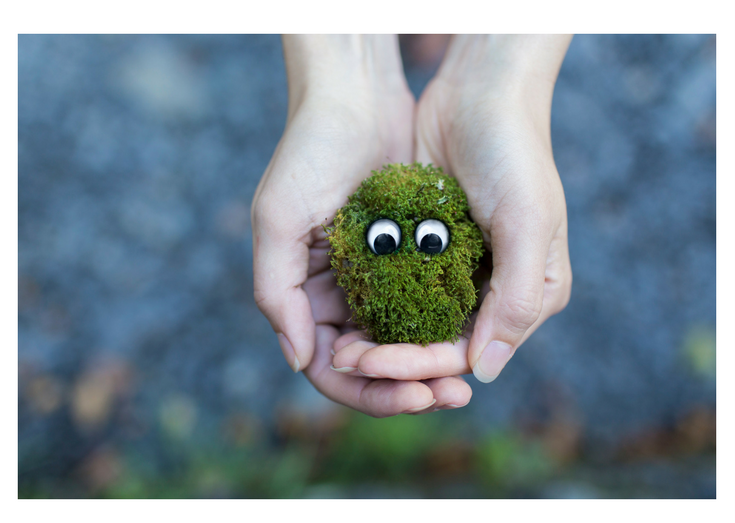 I had a very rough summer this year. This summer, two of the elders in my family passed away. I struggled to balance my life in the US while returning to Taiwan to be with my surviving family members and to say goodbye to my deceased family members.
I had a very rough summer this year. This summer, two of the elders in my family passed away. I struggled to balance my life in the US while returning to Taiwan to be with my surviving family members and to say goodbye to my deceased family members.
As the summer rolled out and the fall rolls in, I can’t help but feeling exhaustion. Death and dying always teach me something about myself and life. It reminds me how I often focused on the things I need “to do” and forget how “to be” with my loved ones. It also reminded me that there are many things in life, such as death, is not about what “to do” but how “to be.”
It got me to think about “to be” vs. “to do” and how it works in one’s relationship with oneself and his/her partner.
“To Be” vs. “To Do”: Five Steps to Take Instead of Saying “Stop Feeling This Way”
It’s never easy “to be” with yourself when you are not feeling good. When you feel depressed, angry, sad, or anxious, the first thing you want “to do” is to find a way to get out of the emotions.
However, this study showed that by accepting how you feel, you actually might feel better.
That makes sense, right? By feeling bad about feeling bad, you make you feel worse.
Wait, what am I saying?
What I am saying is this: “Instead of trying to do something to get out of your current negative emotions, why not try to stay with your emotions?”
What can you “do” while trying to “be” with your emotions? Here are five steps you can take.
Step 1: Take out a piece of paper and pen.
Step 2: Instead of saying: “Stop Feeling This way,” try to answer these two questions or just one of them.
Question # 1:
“It’s OK to feel _________ (sad, depressed, anxious, angry, etc.) this way because __________”
Question # 2:
“ Tell me more about your ___________ (sad, depressed, anxious, angry, etc.)”
Step 3: Write as if you are your emotions. For example, if you feel depressed, give your depression a voice. Write down everything the depression has to say on the paper.
Step 4: Answer back as if you are answering to your good friend. Starting the sentence by saying: “It makes sense you feel ________ (sad, depressed, anxious, angry, etc.) because of _______.” I am sure you have spent a lot of time helping other people, why not giving yourself the time you needed for yourself?
Step 5: Now, on the scale 1 to 10, ten means the most distressed emotions and 1 mean nothing, how would you rate yourself comparing to when you first started this exercise?
I hope your answer has gotten you to a place where you are ready to move on to something else. If not, let’s continue.
Step 6: If you continue to feel the stress significantly, repeat step 2-4. Don’t give up. You deserve to be with yourself until you feel better to move on.
Step 7: If the stress is too much to handle, call for help. You deserve the help from your friends, family, loved ones, etc.
“Don’t throw away your suffering. Touch your suffering. Face it directly, and your joy will become deeper. You know that suffering and joy are both impermanent. Learn the art of cultivating joy. Practice like this, and you come to the third turning of the Third Noble Truth, the “Realization” that suffering and happiness are not two. When you reach this stage, your joy is no longer fragile. It is true joy.”
― Thich Nhat Hanh, The Heart of the Buddha’s Teaching

One Response